10 Interesting Experiences in the Armenian Genocide Testimony Collection
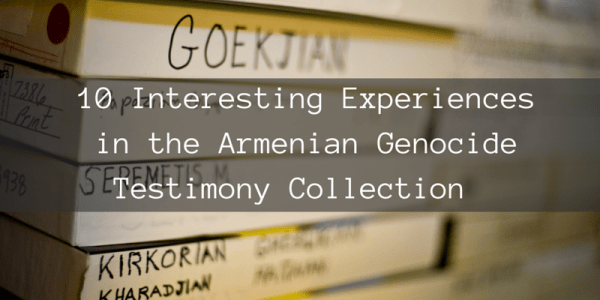
As the indexer for USC Shoah Foundation’s Armenian Genocide Testimony Collection, I have to listen carefully to hundreds of testimonies assigning keywords to each minute so that these stories will be accessible in the Visual History Archive. Now just in time for the 101st anniversary of the Armenian Genocide USC Shoah Foundation integrated an additional 155 indexed testimonies into the Archive. I thought this would be a fitting time to highlight some of the most interesting aspects of the 245 testimonies that will be available in the Visual History Archive Online.
- Yezidi Testimonies
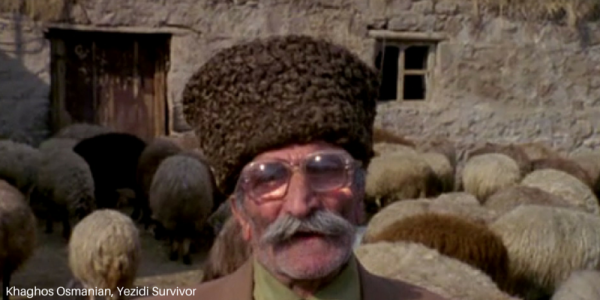
- Father Krikor “Kreiger” Guerguerian
A Catholic Armenian priest who survived the Armenian Genocide as a child in Gurun, Turkey. Later in his life, he took it upon himself to investigate the perpetrators of the Genocide, becoming the first to methodologically research the topic. His interview consists of his historical documents and his journey to find them. He discusses an experience he had with a Turkish man who had killed his family members and confiscated their property when he visited his birthplace of Gurun later in his life.
- Yevnigue Salibian
Born in Aintab (Gaziantep), Turkey in 1914, Yevnigue left Aintab in 1920 when French Armed Forces fled leaving the city to Kemalist troops. Her life story is one of struggle, immigration, and strong faith in Syria, Lebanon and in the US. She was among the few remaining survivors left to interview by the Armenian Film Foundation in 2014. She passed away in 2015.
- Vahram Papazyan
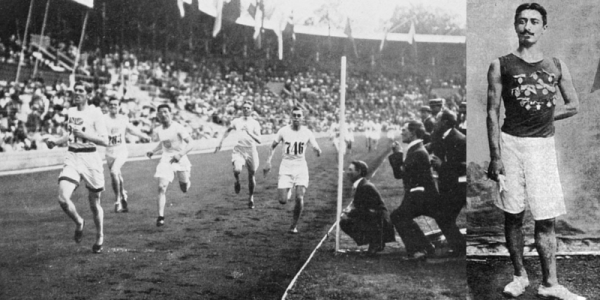
Papazyan was the among the first two athletes to represent the Ottoman Empire in athletics in the Olympics. Papazyan and his teammate Mgrdich Migiryan (both Armenians) participated in the 1912 Stockholm Olympics. He discusses his experience at the games and relationship with US Olympian Jim Thorpe. His testimony explains the political environment of the 1912 Olympics from an Armenian perspective. He later was involved in the formation of the Armenian General Athletic Union and Scouts (Homenetmen) in Constantinople in 1918 and published his memoirs with the title of “Ser, Ser, Ser” (Love, Love, Love) in 1962.
- The Greek Experience
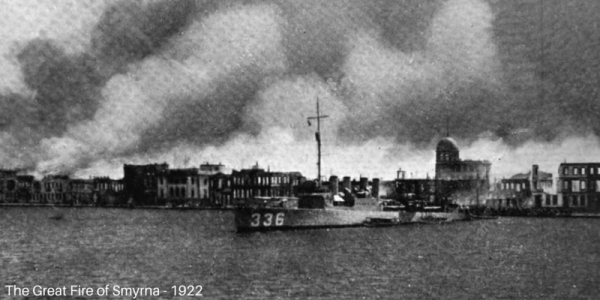
- Great Fire of Smyrna (Izmir) – September, 1922
The Fire came after the last battle of Greco-Turkish War where Kemalist Turkish Armed forces defeated the Greek Army who had controlled parts of Western Anatolia since 1919. The city was put to flames following the Turkish victory of the city and its Greek and Armenian residents were subjected to brutal treatment. Many interviewees in the collection tell of their experiences during the Fire (i.e. Aghavnie Der Sarkissian, Elise Taft, Antigone Raphael, and others). Some survivors had survived the Armenian Genocide and were able to find safe haven in Izmir, only to be kicked out again.
- Resistance fighters
During the Armenian Genocide there were many examples of resistance toward Ottoman persecution. Examples of local resistance, like the infamous 40 days of Musa Dagh and Van or Armenian soldiers in the Russian Army are well represented in the collection. Serpouhi Elmassian recounts the attempted arrest and escape of her famous revolutionary brother Murad Khrimian (Sepastatsi Murad) and her subsequent forced march into the Syrian Desert. Lemyel Amirian very vividly describes scenes from a lesser known attempt at self-defense in the town of Shatakh (Çatak) south of Lake Van and their flight to North-Eastern Iran.
- Koko Mazloumian
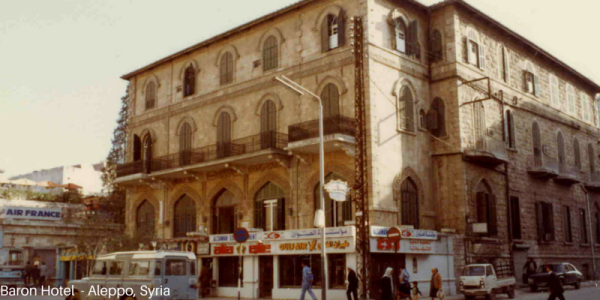
- Testimony from Syria
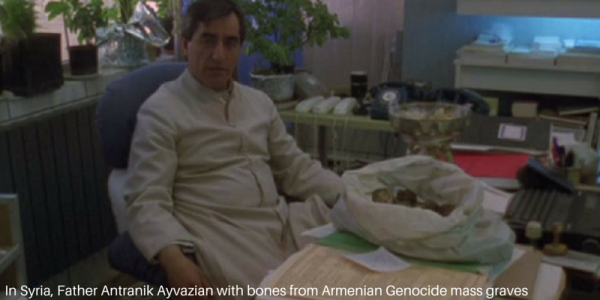
- Alice Muggerditchian Shipley
Shipley’s father Thomas Muggerditchian who served as the British vice-consul in Diyarbakir – describes her family’s story attempting to stay alive in Kharpert (Harput) until finally deciding to escape through the mountains of Dersim and into Russian controlled Erzincan. She wrote a book of her memoirs in 1983 titled “We Walked, Then Ran”. At the time of their escape, her father was still in Diyarbakir and a report he wrote to the American government about the massacres in Diyarbakir were recently published in 2013 titled “The Diyarbekir Massacres and Kurdish Atrocities”.
Discover your own interesting facts and experiences by watching testimony from the Armenian Genocide collection available in the Visual History Archive Online.